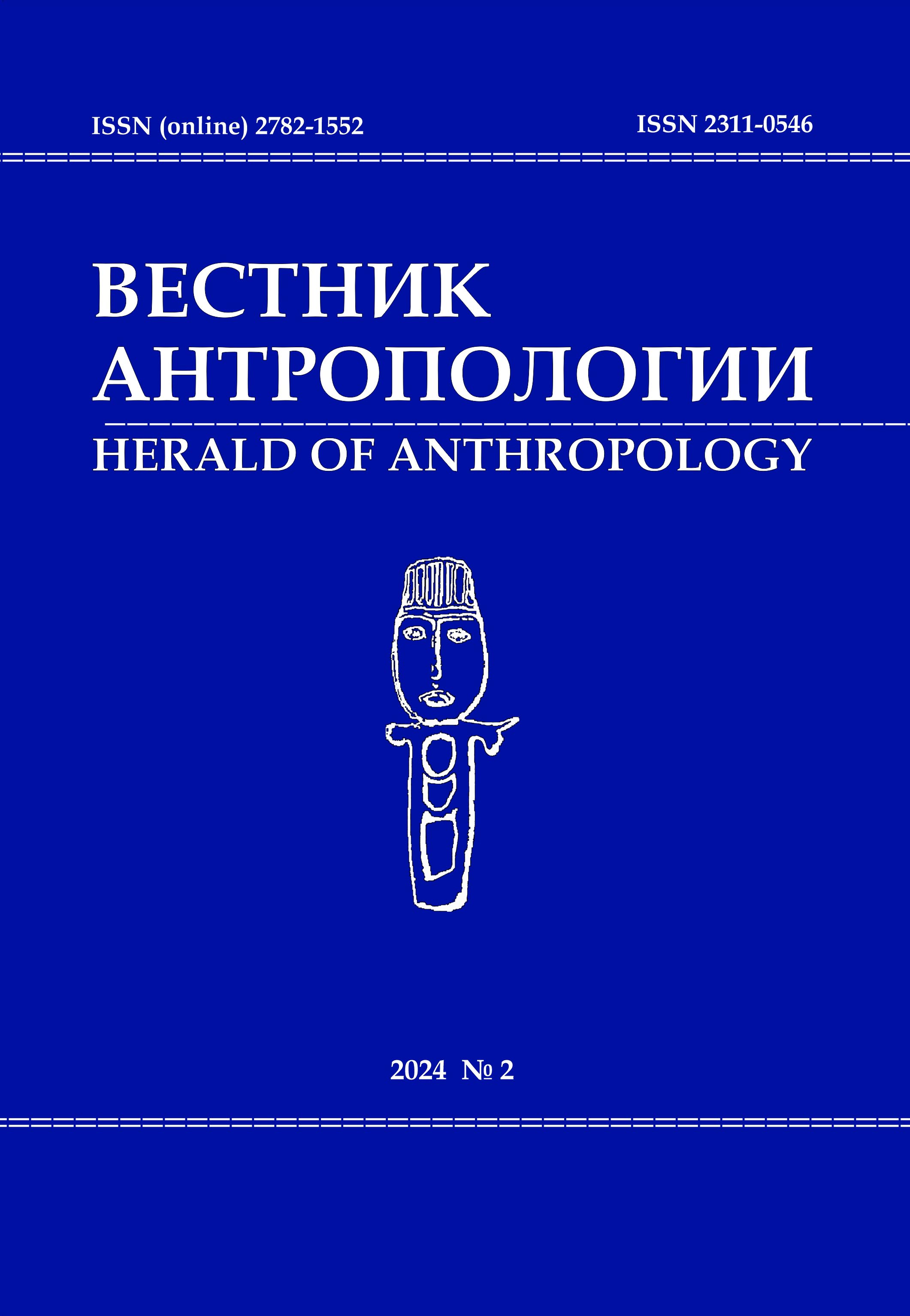Kyrgyz Star Calendar
DOI: 10.33876/2311-0546/2024-2/246-262
Keywords:
Kyrgyzstan, folk astronomical knowledge, astronomy of Middle Asia, time counting by PleiadesAbstract
Along with the well-known lunar and lunar-solar calendars, widespread in the Orient, lunar-star calendars are also theoretically possible. In such calendars, the duration of the month is determined by conjunction of the Moon with some star located near the ecliptic plane. One of such calendars, described by Boris A. Kuftin (1916), was based on the conjunction of the Moon and the Pleiades. The present article analyzes the field materials obtained in 2023 in the Naryn district of Kyrgyzstan. They include four calendars of the local stargazer (esepchi) Sh. Cherekchiev for 2017, 2019–2021, created by him for his village, which are based on togools — conjunctions of the Moon and the Pleiades. The presence of calendars allows us to compare the tabular dates of togools with the calculated values, determine their accuracy and analyze their functioning. Analysis of Cherikchiev’s calendars confirms the theoretical model of the lunar-star calendar we proposed earlier, in which the heliacal sunrise of the Pleiades is the starting point, and the months are counted according to the conjunctions of the Moon and the Pleiades. The verification also showed that only the dates for the first half of 2017 can correspond to real observations, and the deviation of the calculated and calendar dates for the rest of the period varies from 2 to 4 days. This means that the calendar has ceased to be adjusted with the actual movement of the Moon since the second half of 2017.





















